Retro Replay Review
Gameplay
SWAT 4 delivers a level of tactical depth rarely seen in first-person shooters. As the commander of a Special Weapons and Tactics element, you’re responsible for issuing orders to your four-man team and snipers, coordinating every move to resolve high-risk situations. The emphasis on realism means that every decision—whether to breach a door quietly, employ flashbangs, or escalate to lethal force—carries significant weight. React too hastily or violate the rules of engagement, and you’ll face penalties that can derail your mission objectives.
The game offers a robust arsenal of both lethal and less-lethal weapons, from standard assault rifles and submachine guns to beanbag shotguns, Tasers, and pepper spray ball launchers. This variety allows for creative approaches: sometimes a stealthy takedown with pepper balls is all you need, while other scenarios demand more forceful methods. You’ll learn to balance speed and caution, using door wedges, mirrors, and flashbangs to keep suspects off-balance and protect innocent civilians.
Controlling two-man squads independently or together adds another layer of strategy. You can split your team into entry and support units, coordinate synchronized breaches, or hold positions while snipers provide reconnaissance through a picture-in-picture interface. This flexibility is reinforced by the Instant Action mode, which generates randomized missions on any map, and a mission editor that lets you customize objectives to suit your playstyle.
SWAT 4’s multiplayer shines in both competitive and cooperative modes. Team-based “SWAT vs. Suspects” matches test your ability to outsmart human opponents, while the five-player co-op mode challenges friends to complete the single-player career’s toughest assignments together. Communication and coordination are paramount; even the best gear can’t compensate for poor teamwork.
Graphics
Released in 2005, SWAT 4’s graphics remain impressive thanks to detailed character models and atmospheric environments. Each map—from suburban homes and apartment complexes to office buildings and nightclubs—is richly textured, with realistic lighting that accentuates shadows and highlights. Dynamic door physics and debris add to the immersion, so every breach feels tangible.
The game’s animation system enhances the sense of authenticity. Suspects react believably when confronted: some raise their hands in surrender, others panic or attempt to flee. Your own team members move with purpose, stacking up at doors, breaching simultaneously, and checking corners with practiced precision. The sound design complements the visuals, with realistic weapon reports, comm chatter, and ambient noises that heighten tension.
SWAT 4 may lack some graphical flourishes of modern titles—like advanced particle effects or high-resolution textures—but its understated presentation supports the tactical atmosphere. There’s no excessive bloom or lens flare to obscure your view; instead, the visual design prioritizes clarity and functionality, allowing you to focus on mission-critical details.
Story
Unlike narrative-driven shooters, SWAT 4 focuses on mission-based scenarios rather than an overarching storyline. The single-player career mode places you in a series of standalone assignments, each with its own briefing, objectives, and potential complications. This structure reinforces the realism: each callout you respond to feels like a genuine police operation rather than a scripted action set piece.
Briefings are concise but informative, outlining suspect descriptions, civilian presence, and specific rules of engagement. As you progress, mission difficulty ramps up, introducing hostages, multiple suspect groups, and environmental hazards. While you might not uncover hidden plot twists, the evolving challenge keeps the gameplay fresh and underscores the unpredictable nature of real-life SWAT operations.
The absence of a cinematic storyline can be liberating for players who prefer pure tactical gameplay. There’s no forced character arc or melodramatic cutscene—just you, your team, and the mission at hand. For those seeking immersion in procedure and protocol, this approach delivers a focused, authentic experience.
Overall Experience
SWAT 4 stands out as a benchmark for tactical shooters. Its dedication to realistic procedure, thoughtful mission design, and balanced arsenal elevates it above run-and-gun contemporaries. The learning curve can be steep—newcomers may struggle with the strict rules of engagement—but perseverance is rewarded with deeply satisfying gameplay moments, such as rescuing hostages unharmed or executing a flawless, synchronized breach.
The game’s longevity is bolstered by its strong multiplayer and map editor, which keep communities active years after release. Whether you’re coordinating with friends in co-op or facing off against human opponents in SWAT vs. Suspects, the emphasis on teamwork and communication ensures that no two sessions feel the same.
While some modern gamers might be tempted by flashier titles, SWAT 4’s focused design and unwavering commitment to realism make it a must-play for tactical enthusiasts. It’s a demanding, rewarding experience that challenges you to think like a SWAT commander—plan meticulously, communicate clearly, and always prioritize civilian safety.
 Retro Replay Retro Replay gaming reviews, news, emulation, geek stuff and more!
Retro Replay Retro Replay gaming reviews, news, emulation, geek stuff and more!
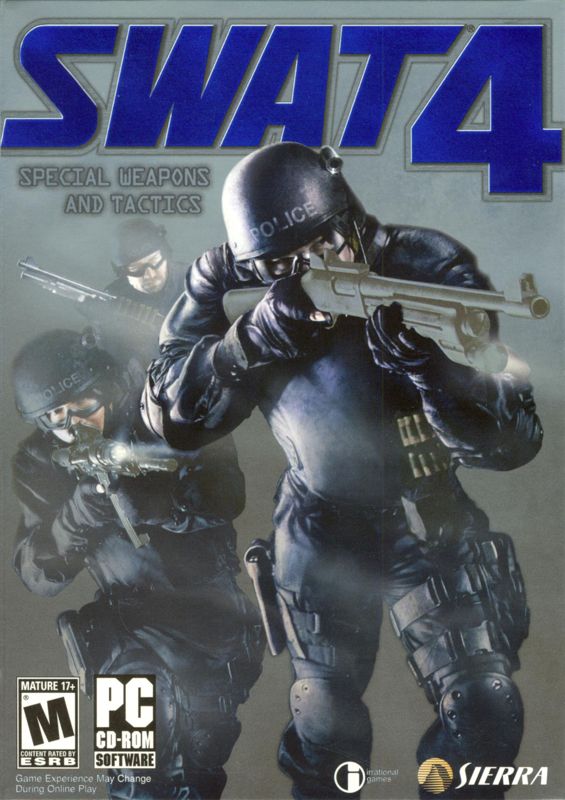
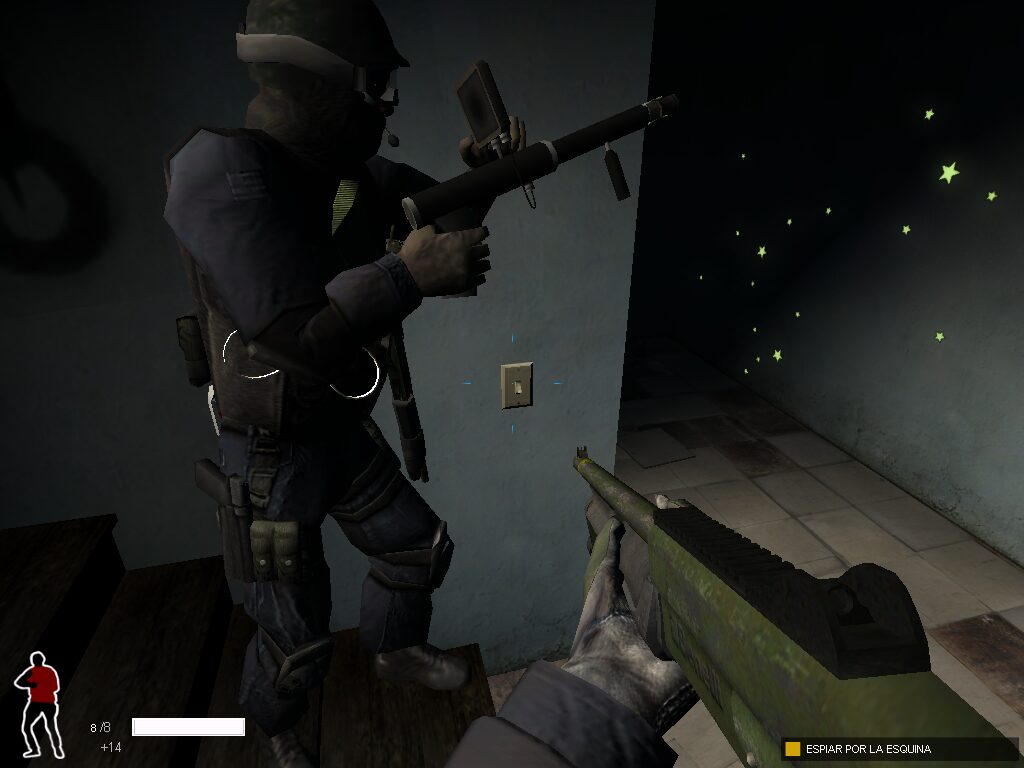

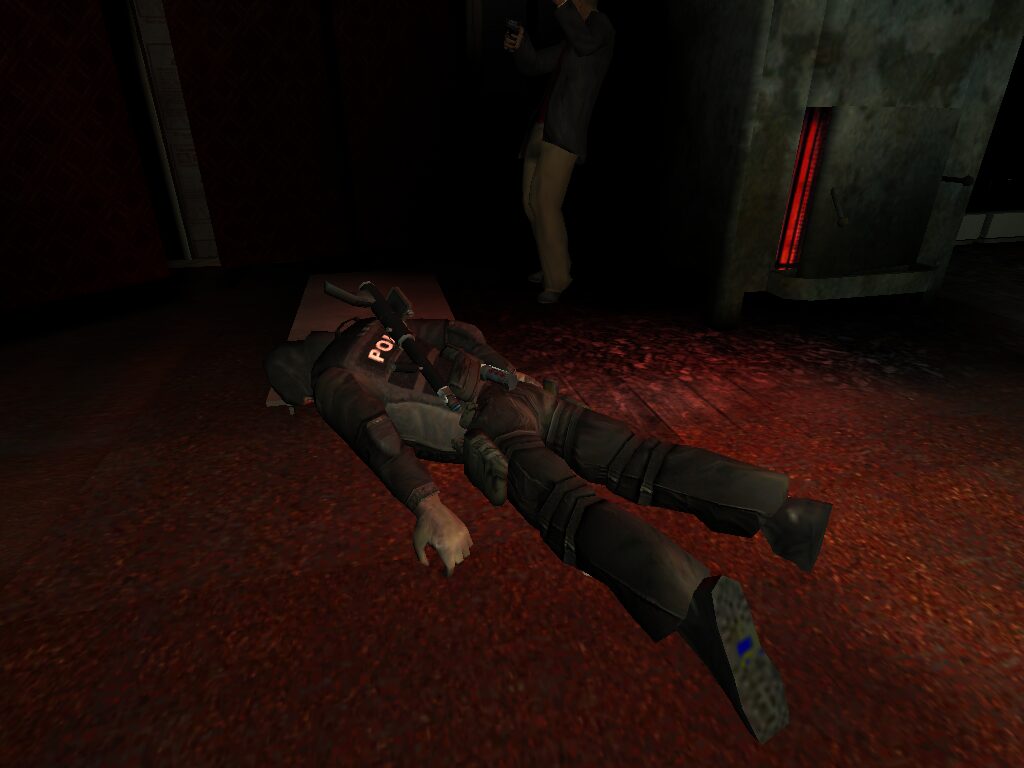
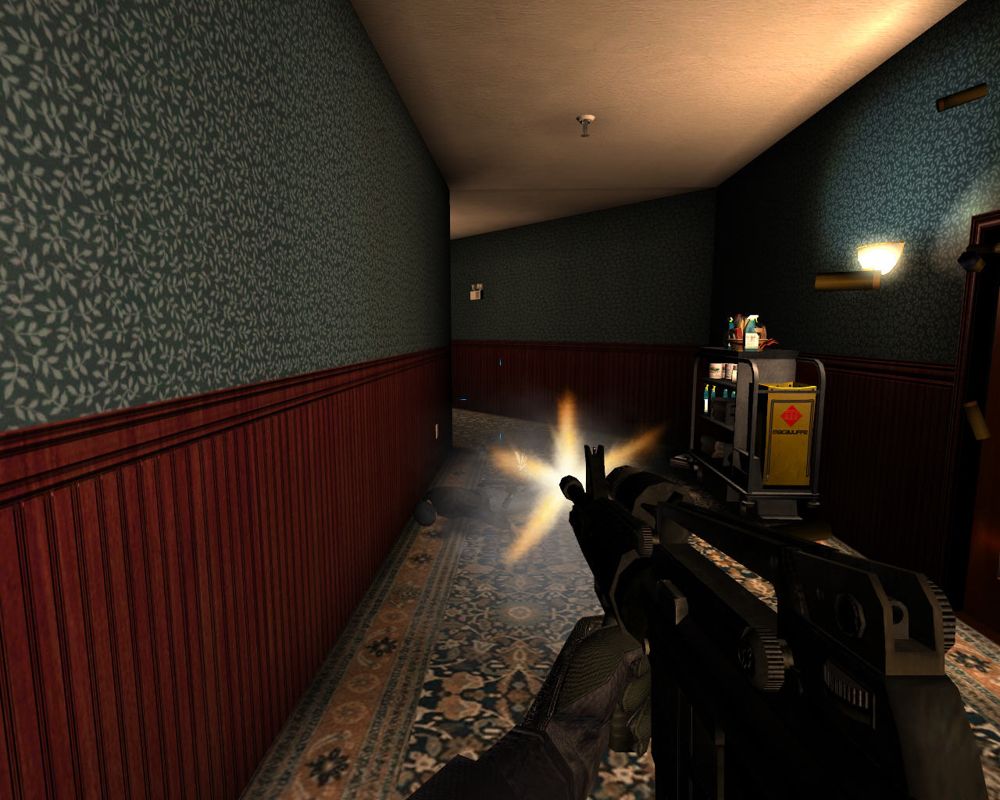
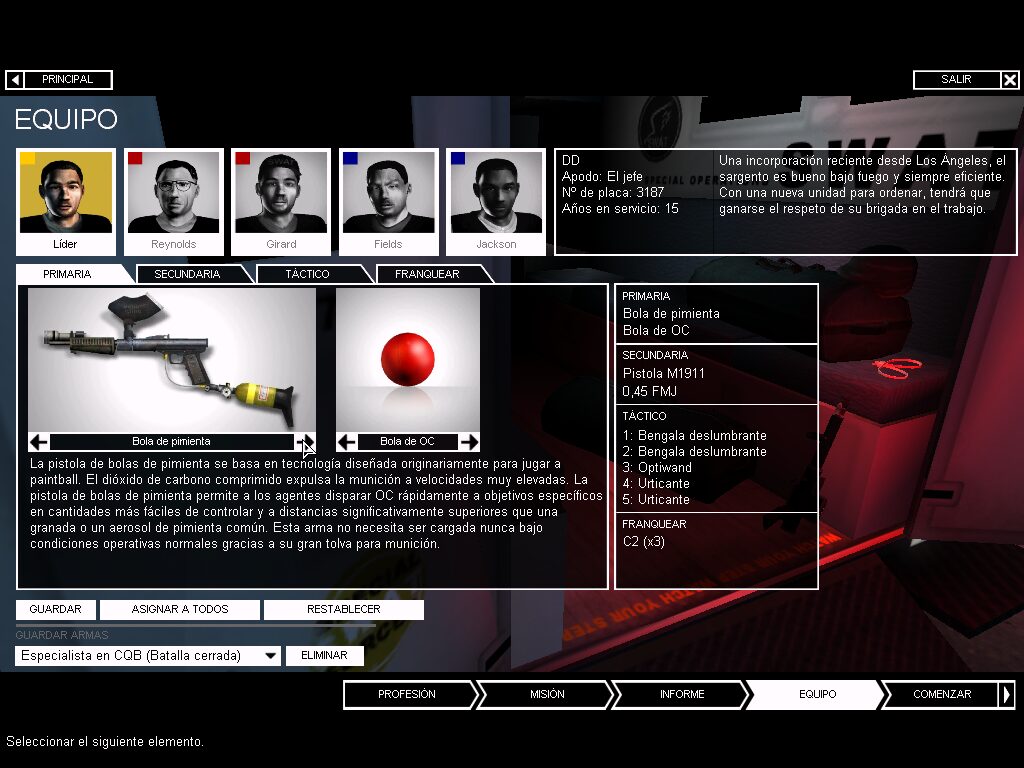



Reviews
There are no reviews yet.